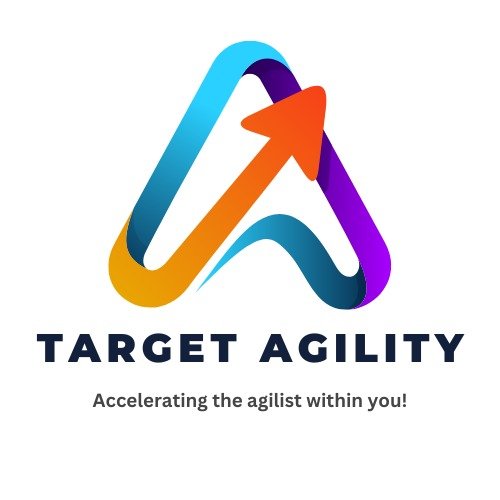Understanding Hybrid Agile Frameworks

In today’s fast-paced world of software development and project management, teams are always looking for ways to combine flexibility and structure. A popular solution is the Hybrid Agile Framework, which mixes the adaptable style of Agile with the structured approach of traditional methods like Waterfall. This blend helps teams handle diverse project needs more effectively. What Is a Hybrid Agile Framework? A Hybrid Agile Framework combines parts of Agile—like quick updates, feedback, and teamwork—with the step-by-step planning of traditional methods. It works well for projects that need detailed planning in some areas but also require flexibility in others. For instance, a software project might use Waterfall to plan and design everything in detail at the start and then switch to Agile for development and testing to adapt to feedback and make changes quickly. Why Use a Hybrid Agile Framework? Organizations choose Hybrid Agile for many reasons: Key Features of a Hybrid Agile Framework How to Implement a Hybrid Agile Framework Here are steps to make the transition to Hybrid Agile smoother: Benefits of Hybrid Agile Frameworks Challenges and Solutions Real-World Examples of Hybrid Agile Frameworks Many industries use hybrid methods successfully, such as: Conclusion The Hybrid Agile Framework offers a practical way to manage projects by combining structure with adaptability. This approach helps organizations handle different project demands, reduce risks, and achieve better results. While it takes effort to set up and align teams, the benefits make it worth it. Hybrid Agile provides a scalable and efficient way to deliver value in today’s dynamic work environment.

